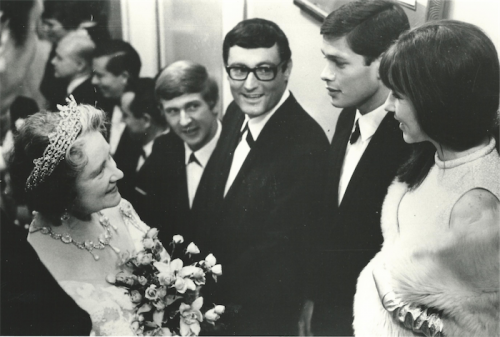

“It appears there is nothing you can do short of outlawing guns for every person in the country,” Texas Governor John Connally said after the massacre. President Johnson made a plea to “press urgently for legislation now pending in Congress to help prevent a criminal from obtaining firearms.” It passed in 1968.īut not everyone was convinced that gun laws were the answer. A brain tumor, nestled between his thalamus, hypothalamus and amygdala, developed quietly. But as the sandy-haired boy grew up into a tall, athletic ex-Marine, beneath his mop of blond hair, something else was also growing. Seymour Halpern (R-N.Y.) Secretary of the Treasury Henry Fowler Rep. Smart, strong, talented and popular, the young Charles Whitman seemed, outwardly, like a poster child for the all-American boy stereotype. Emanuel Celler (D-N.Y.) Joseph Barr, undersecretary of the Treasury Rep. Bennett, retired director of the Federal Bureau of Prisons Rep. Thomas Dodd (D-Conn.), almost hidden James V. April 16, 2007, the 1966 sniping rampage by Charles Whitman from the Austin schools landmark 307-foot tower had remained the. Johnson signs a gun control bill at the White House, Oct. The film is based on the true story of Charles Joseph Whitman, an engineering student and former Marine who murdered his own wife and mother and then killed 14 more people and wounded 31 others in a shooting rampage at the University of Texas at Austin on the afternoon of August 1, 1966. Charles Joseph Whitman shot and killed 14 people from the observation deck of The University of Texas at Austin on August 1, 1966, after murdering his wife and mother, and before being shot by Austin police. Then, as now, the country was in the grip of a crime nightmare that defied explanation.

When the killer’s brain structure offered no explanation, blame was placed on guns and society. Still, Heatly did not think these thoughts were signs of a psychopath. Then, in a chilling statement, he told the psychiatrist that he was “thinking about going up on the tower with a deer rifle and start shooting people.” The angry young man said he hated his cruel, domineering father and was upset about his parents’ recent separation. Whitman was “oozing with hostility,” Heatly recalled. Maurice Heatly, a psychiatrist at the university health center. “After my death,” he said, “I wish that an autopsy would be performed on me to see if there is any visible physical disorder.”Īn autopsy revealed a pecan-sized tumor on his brain, but doctors did not believe that it had triggered his violence.ĭespite outward appearances, this tall, handsome, intelligent All-American boy was a time bomb - and he knew it. Whitman, a 24-year-old student at the University of Texas, in a 1966 photograph.


 0 kommentar(er)
0 kommentar(er)
